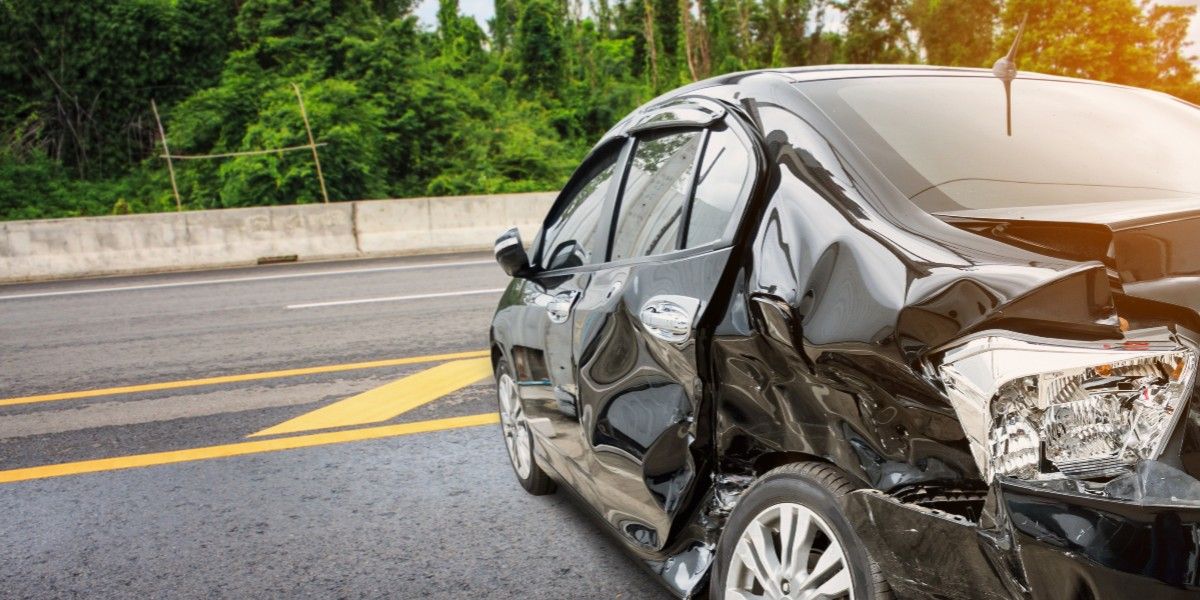Odds are, if you were the victim of a hit-and-run car accident, you were not in your car when it happened — if you were, this would be a much different story and the police would likely be on the criminal’s tail, ready to charge them with a host of indictable offenses at the end of a car chase. However, most hit-and-run accidents happen to parked cars along the street or in parking lots, when there is no one inside the vehicle or in the vicinity as a witness.
If this is the case and you discover it long after the damage was done, you’ll still need to collect as much information as possible about the incident. Snap some photos of the damaged area with your cell phone, and see if there are any security cameras in the area that might have gotten the incident on tape. Before entering the vehicle, call the police to get a more in-depth analysis of the situation, such as coloured paint that may have been streaked along the side of your car from the other vehicle or possible witness accounts that were reported to the authorities. The police will also know about any surveillance cameras in the area, like those on nearby shops, parking lots, or even stop lights.
In the event that you are present for the hit-and-run, like if you were checking out at a supermarket and saw the incident through the window, immediately drop what you’re doing and take note of the vehicle’s make, model, and colour, as well as the license plate number, the type of damage that was caused to their car, and any other critical details. Be sure to also make note of the direction the person was driving and the date, time, and exact location of the incident. When you have as much as this information as possible, call the police and provide a calm, brief description of what happened and where the vehicle was headed. Then, hopefully, they will be able to find the offender, charge them with the offense, and help you get the compensation you deserve.


